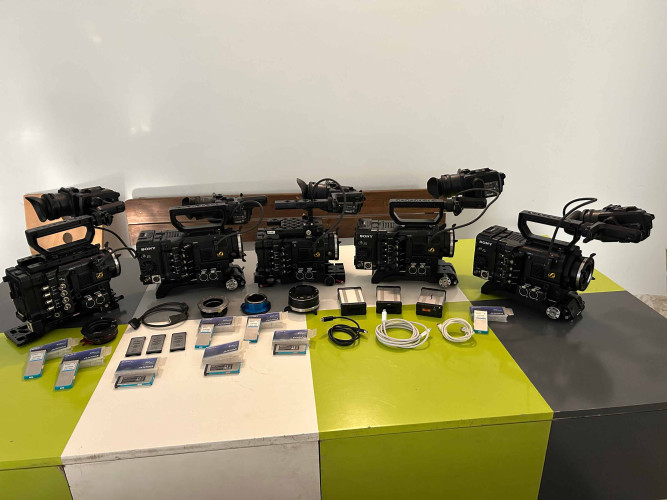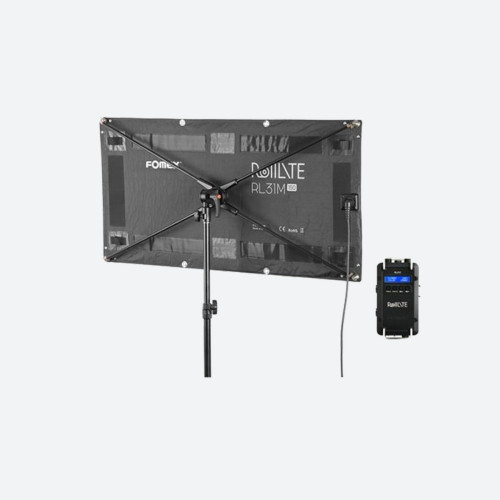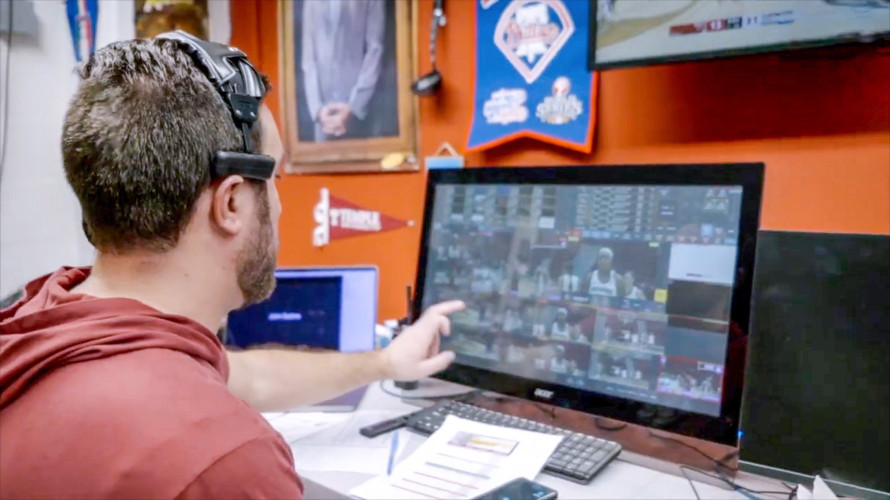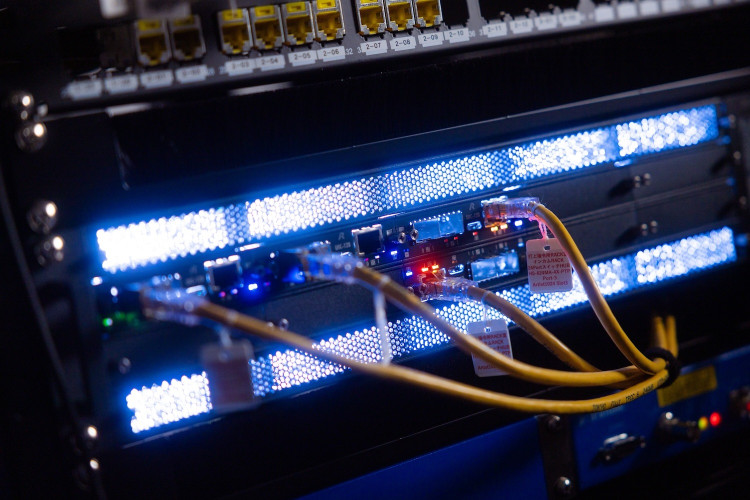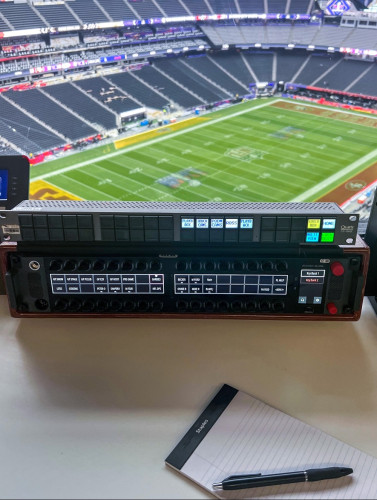by John Ive Issue 96 - December 2014
Whether it is Ultra High Definition (UHD), 4K or 8K - the predictions surrounding when and if this higher resolution format will become a widespread reality are still rife in the broadcast and media industry. The consensus in the sector seems to be that we may be edging marginally closer. However, many of the barriers remain the same and there are fundamentals that still have to be addressed surrounding both content and challenges relating to delivery.
On the consumer side, the demand and interest is picking up in response to electronics manufacturers putting more and more products on the market. Earlier this year, US technology analysts Morgan Stanley publicised promising forecasts saying that 4K/UHD TV penetration will reach 25% in 2015, and the figure will rise to as much as 40% of all TVs sold in 2016. Despite these predictions, 4K TVs are currently still viewed as a niche product, mainly due to higher prices and the lack of content broadcast in UHD.
One area that has developed significantly when it comes to 4K/UHD is acquisition. We only have to look back at the major industry trade shows during the past couple of years to see the growing market, with multiple announcements about new 4K/UHD cameras; from traditional players such as ARRI, Canon, Panasonic and Sony, through to new entrants including AJA Video, Blackmagic Design and Red Digital Cinema.
While the new product lines are highly impressive, one of the challenges for broadcasters lies in the financial impact of moving to 4K/UHD production. It\'s not just a case of investing in the new cameras - there are far bigger cost implications involved in the extra data storage and broadcasting capacity, as well as the additional infrastructure requirements.
Broadcasters\' investment in 4K/UHD has been increasing slowly on the programming side. Premium content that has a suitably longer shelf life can be future-proofed and archived in the best possible quality in anticipation of a UHD future. The recent Interbee exhibition in Japan demonstrated a renewed enthusiasm for all things UHD with the first UHD broadcasts in 2015 building up to more 4K and 8K channels by 2018 prior to the 2020 Tokyo Olympics.
If agreement can be reached on higher frame rates, the technology will offer fluidity of movement and immense detail that lends itself to live sports applications. Currently 4K/UHD cameras are better suited to the content that was traditionally shot on film. This includes episodic programs, dramas, and even soap operas; all of which are now being shot with electronic cameras. However, we have also seen a growing number of high profile examples in live sports, including several demonstrations from global events this year.
Although film and television series are being produced in 4K/UHD, and there are now a range of available consumer displays, there remain a number of unresolved issues that must be solved before a full 4K/UHD production and delivery ecosystem becomes a reality.
The concept of 4K/UHD may present a challenge to traditional digital terrestrial broadcasters as their limited spectrum makes it much harder to implement. The fact that there is not enough spectrum means the deployment of UHD will be problematic, particularly as the ATSC 3.0 standard is still several years away from being ratified. In addition, uncompressed 4K/UHD needs approximately four times the bandwidth compared to HD and while new codec standards like High Efficiency Video Coding (HEVC) may compensate, there is still a tough bandwidth hike. Broadcasters and their technology suppliers need to stay one step ahead and be ready to deliver UHD content to homes. However, these barriers put terrestrial broadcasters at a distinct disadvantage.
Satellite, OTT and cable providers are better placed to take the lead and establish UHD/4K channels relatively simply. Those using satellite distribution have the option to rent additional transponder space which, putting cost and business models to one side, would make UHD a more straightforward deployment than it would be for terrestrial competitors.
However, perhaps the most interesting proposition is the Internet. As Internet speeds grow it could become a serious alternative to broadcast and packaged content and make UHD a reality as a mainstream format to deliver content to consumers. Netflix, which already delivers "Super HD\" content to its subscribers, has committed to deliver 4K/UHD content whenever possible, including popular series such as Breaking Bad, and House of Cards. In addition, Google has launched its own new codec, to reduce the bandwidth required for watching 4K Internet content through YouTube. It doesn\'t require every consumer to have a high speed connection but just enough households to make a business model work.
In the background, there are ongoing debates surrounding related picture-improving technologies, including high dynamic range (HDR), wider colour spectrum, in addition to higher frame rates for 4K/UHD.
Taking all of this into consideration, the speed of adoption of 4K/UHD is still unclear. There\'s no doubting its ability to deliver a step up in picture quality plus the tumbling costs of consumer displays seems to be triggering more interest from consumers. However, the amount of work and investment required from broadcasters means that several issues have yet to be addressed before it becomes a reality. Perhaps the movie industry will lead the charge.




